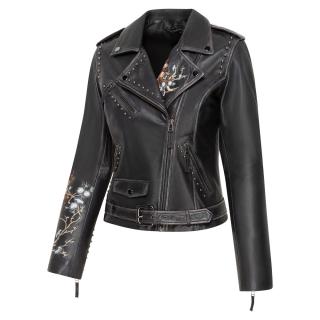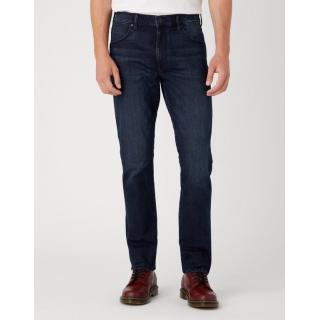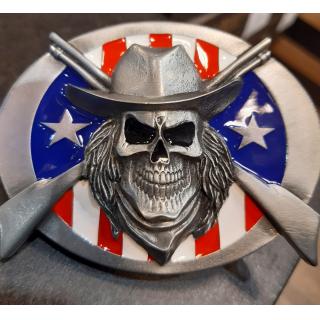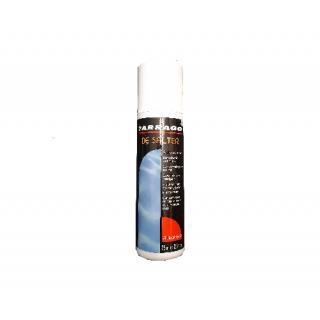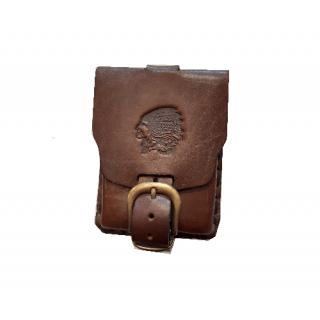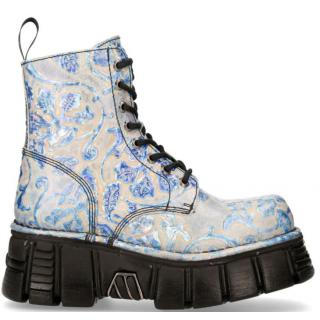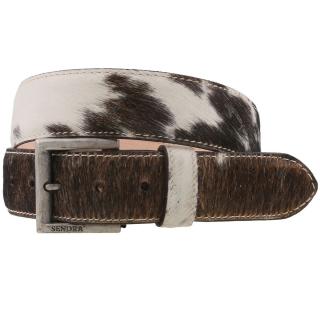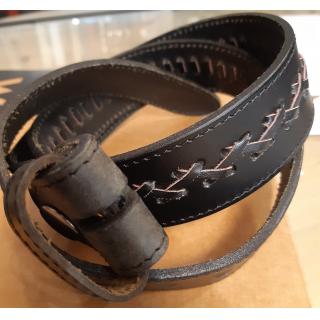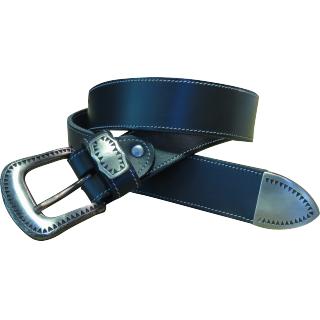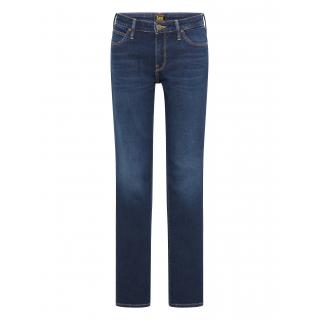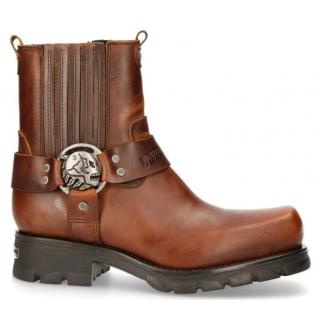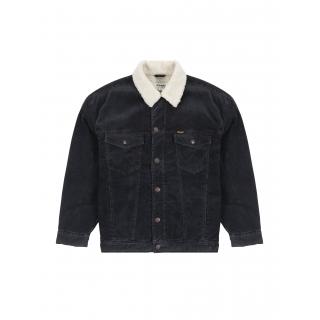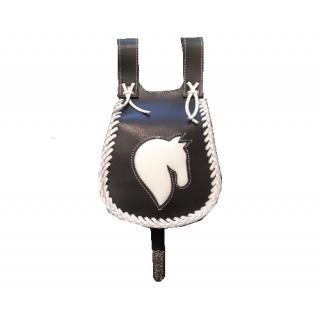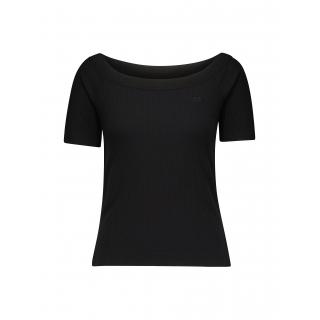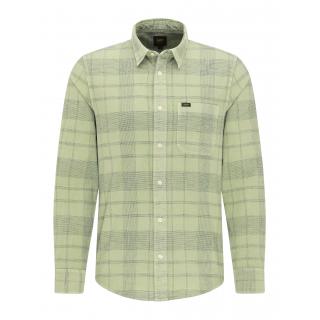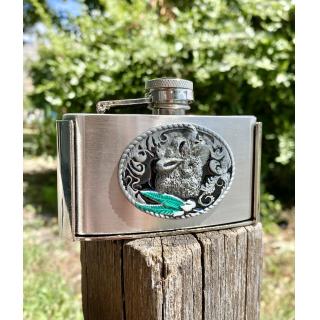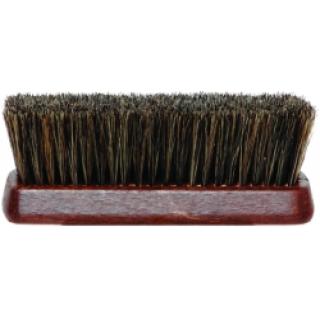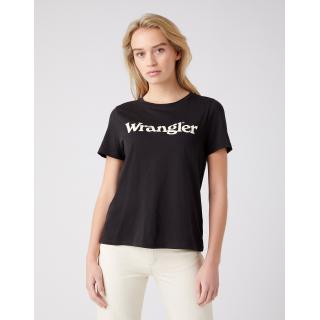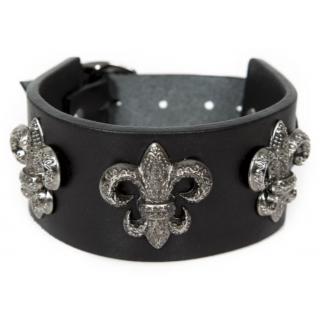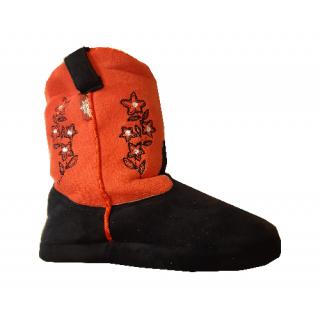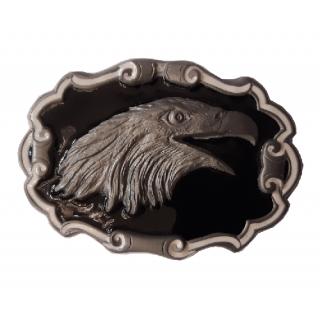
LAWS vs. CRIMINALS
The settlement of the Wild West, as we have mentioned in some of our previous articles, was a turbulent period. After Talleyrand, Napoleon's Minister of Foreign Affairs, sold a vast expanse of land stretching from the Mississippi to the Rocky Mountains to Robert Livingston, the United States ambassador, for $12,000 in 1803, nothing could stand in the way of conquering the new world.

The colonization of the previously untouched lands by immigrants occurred in several waves. First, the military set foot on the new territories, followed by the initial pioneers. Between 1840 and 1860, approximately 400,000 people flooded the western regions.

With the proliferation of farms and vast cattle herds, the 1860s saw the beginnings of the first transcontinental railroad line, while gold mines and banks were rapidly established. Money and gold flowed on the roads and railroads. Could there have been a more enticing environment for bandits? Hardly.

With the early settlers, representatives of the law naturally emerged as well. Sheriffs and marshals, responsible for the order of a settlement or even the safety of an entire county, served as mighty figures of the law. Although their roles and influence could significantly differ from state to state, in addition to maintaining order, they usually oversaw the supervision of transportation, the establishment of public health services, and, in many cases, the collection of local taxes, from which, among other things, their salaries were paid.

Did you know?
...that the word "sheriff" is actually a compound of English origin: "shire reeve," which literally means "county peace"?
In other words, the term "sheriff" designates a person responsible for peace and order in a specific area or county.
Sheriffs were elected by local residents, and this method of selection is not common worldwide when it comes to law enforcement. The local population also provided their salaries, so they expected them to maintain order in their community. On the other hand, it became essential over time for them to do so without giving the place a reputation for lawlessness, which would have deterred visitors and investors.
During their selection, individual competence and effectiveness were often more critical than a person's reputation. Consequently, they sometimes employed battle-hardened individuals to protect the peace, even if their backgrounds were not entirely spotless. This often led to corruption or arbitrary behavior by the sheriffs. In some cases, self-defense groups formed from the ranks of citizens had to deal with their own superiors. The American Constitution allows for this when it states that people have the right to self-defense when legal authorities are unable to maintain public order or protect private property.
Did you know?
...that between 1849 and 1920, around 210 such self-defense groups were formed in the West, and these groups, acting as citizen militias, helped 527 individuals transition to the afterlife without punishment?
Sheriffs often relied on their authority to deter disillusioned and disorganized groups of Confederate soldiers or cattle rustlers after the Civil War. While they might have avoided areas under sheriff authority, these law enforcers did not hesitate to use force when necessary.
No one demanded chivalry or fair combat from the sheriffs, especially when dealing with criminals – only results mattered. Therefore, it was not uncommon for them to overcome society's enemies by taking advantage of the element of surprise and ambushing their victims from behind.

Did you know?
...that the five-pointed star was often ascribed protective powers as an ancient magical symbol used by wizards and alchemists? Many soldiers believed in the protective qualities of a pentagram and wore neckerchiefs decorated with this symbol as protection against hostile arrows. Some suggest that the symbol of the sheriff's badge originates from this belief.
However, if someone wearing a five, six, or sometimes seven-pointed sheriff star was not sufficient to solve the problem, additional measures were available. They could post a bounty on the wanted person's head, often ranging from $5,000 to $10,000, and sometimes even as much as $25,000 to $50,000. The bounty amount frequently tempted even the pursued individuals to give up or, more often, shoot their valuable target in the back. This is what happened when the infamous Jesse James was assassinated. From a financial perspective, the well-known phrase on wanted posters said it all: "Dead or alive."

If you'd like to try creating your own Wanted poster, you can visit a website like this one, where you can make your own poster by uploading a photo and adding captions: www.glassgiant.com/wanted/
These posters were often the targets of specialized bounty hunters who had various legal powers to apprehend criminals, although the extent of their authority varied from state to state. There were agencies specifically dedicated to this field, with the Pinkerton Detective Agency being the most famous, responsible for bringing notorious outlaws like the Wild Bunch to justice.
Today's successors to bounty hunters mostly pursue fugitives who have posted bail and then fled, while the constitutional right to bear arms, especially in terms of loose gun laws, remains prominent. Although the era of major land grabs is long gone, remnants can still be seen in one of Americans' favorite sports: American football, where the goal is to take as much yardage as possible. However, the authority and prestige of the iconic sheriff's badge is likely to remain undiminished for a long time to come.

